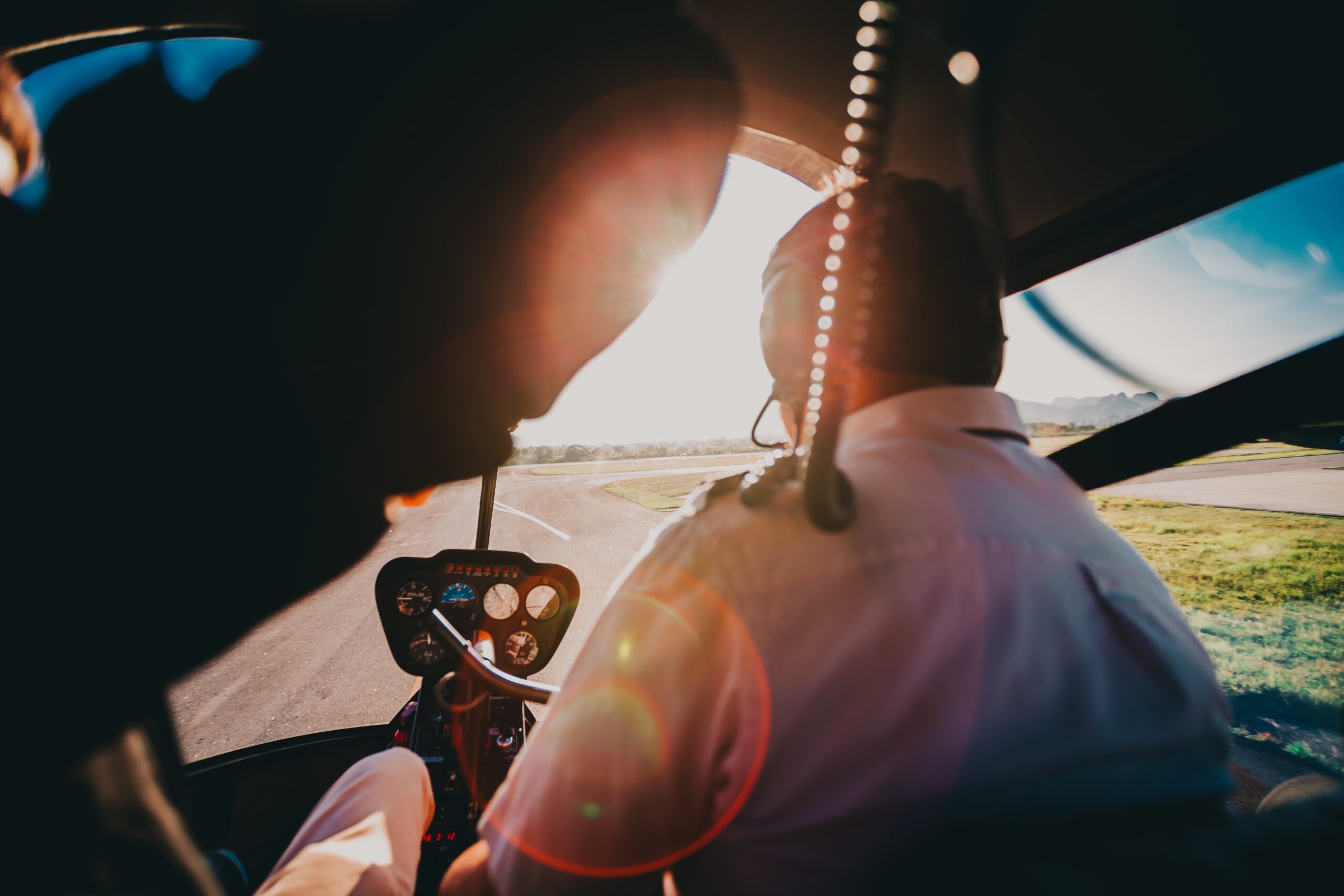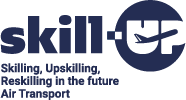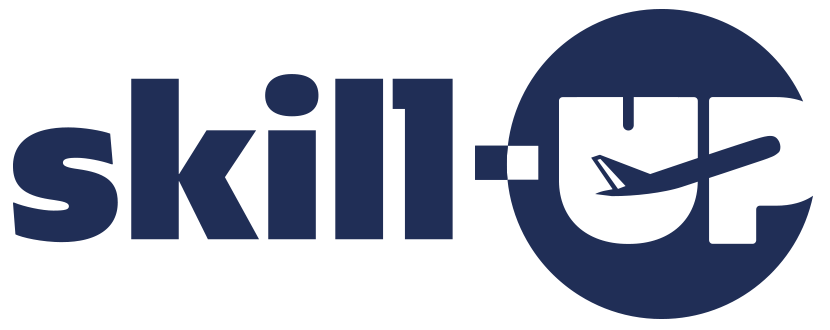


In one of our latest posts about Workload Management & Stress Management (here), we have already addressed the concept of stress but how can you recognize it in emerging scenarios?
The constant technological progress due to the digitization of systems and the introduction of virtual reality are showing the way to a redefinition of the concept of human-machine interaction. This will bring a number of changes also in the aviation field, with a consequent risk of stress for the professionals (pilots, Air Traffic Controllers, RPAS operators, Airport operators…) who may feel only partially at ease in managing technical and skills related changes. For this reason, it is important for these professionals to start understanding now what stress is and how to recognize it in the emerging scenarios.
Stress is commonly defined as the body’s response to the demands placed on it and consists of a series of psychophysiological responses, triggered by specific environmental events, which have the function of mobilizing the body and preparing it to react better.
In fact, our body constantly strives to maintain physiological balance by applying numerous mechanisms in response to different external conditions. Stress is one of them and activate mechanisms of adaptation and compensation. Therefore, stress itself is neither a positive nor a negative element, rather it can be defined as feedback information that signals the imbalance between environmental demands and the individual resources capable of fulfilling them, to the detriment of the latter. Considering this, it makes little sense to try to “eliminate” stress: this is neither possible nor desirable. Rather, the indication is to evaluate the specific challenge and see how to rebalance the resources by creating in advance the possibility of resilience, both individual and organizational.
Skill-UP has synthetised the main scenarios in the future of aviation, and for each of them has also thought of the elements and challenge that may become stressors:
With the introduction of remote-control towers, controllers will find themselves managing one or more airports simultaneously remotely.
Challenge: the operators will need to learn to interact with new highly sophisticated tools that will support them in air traffic management.
The introduction of artificial intelligence and high levels of automation inside the cockpit will support the pilot by helping him to maintain adequate levels of attention and workload during the various phases of the flight.
Challenge: controllers and pilots will need to be able to understand how automation works to prevent and manage any critical issues.
At the airport, with the increase in automation and digitization of systems, jobs such as check-in agents will require new challenges.
Challenge: professionals will have to use less and less technical skills and more and more communication and interaction skills with the public.
Finally, the increase in the levels of automation and digitization of infrastructures and systems will make possible to integrate drones into the airspace, enabling a series of new services such as the supervision and monitoring of critical infrastructures, the delivery of goods, etc.
Challenge: new abilities and skills to face this new integration into the airspace.
All these changes do not have to be perceived necessarily as negative stimuli, but require to be conceived as realistic challenges, that can be resiliently faced by knowing the specific scenarios and by honestly facing the element of stress that may elicit a personal reaction. Doing this analysis in advance is essential to start organizing a plan through which a person will be able to skill, upskill and reskill both technical and behavioural competences that are missing or only partially owned.



